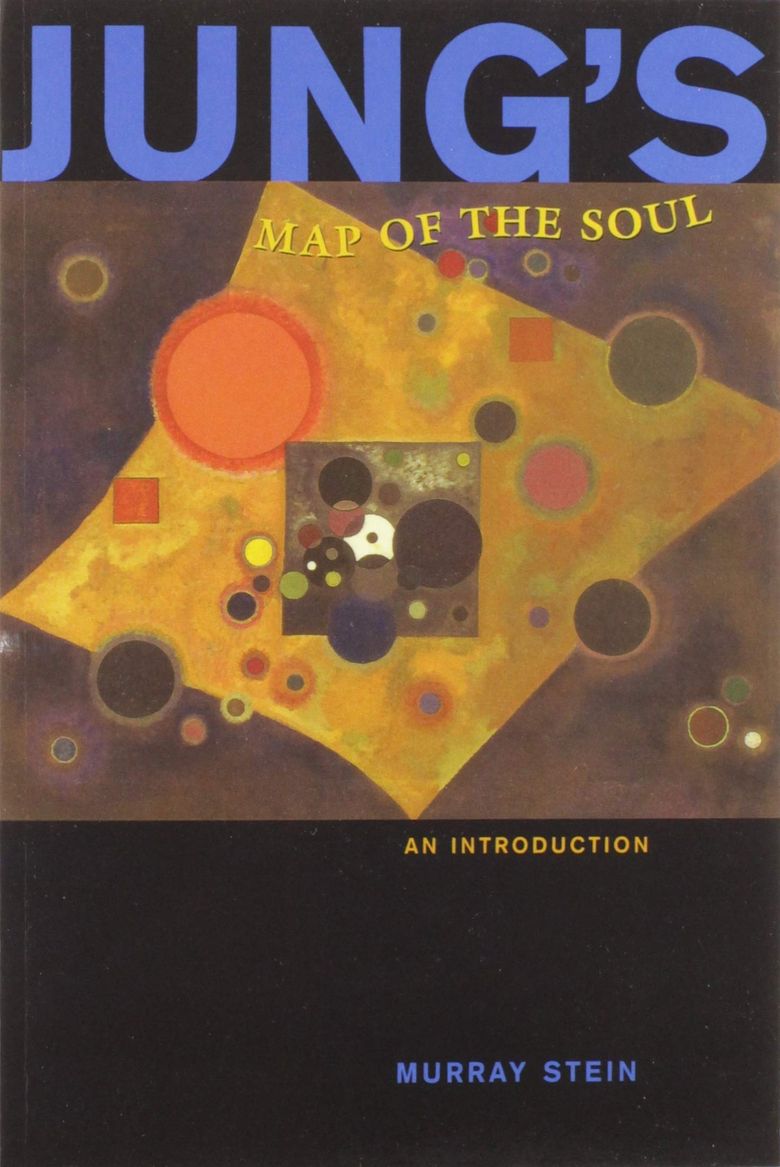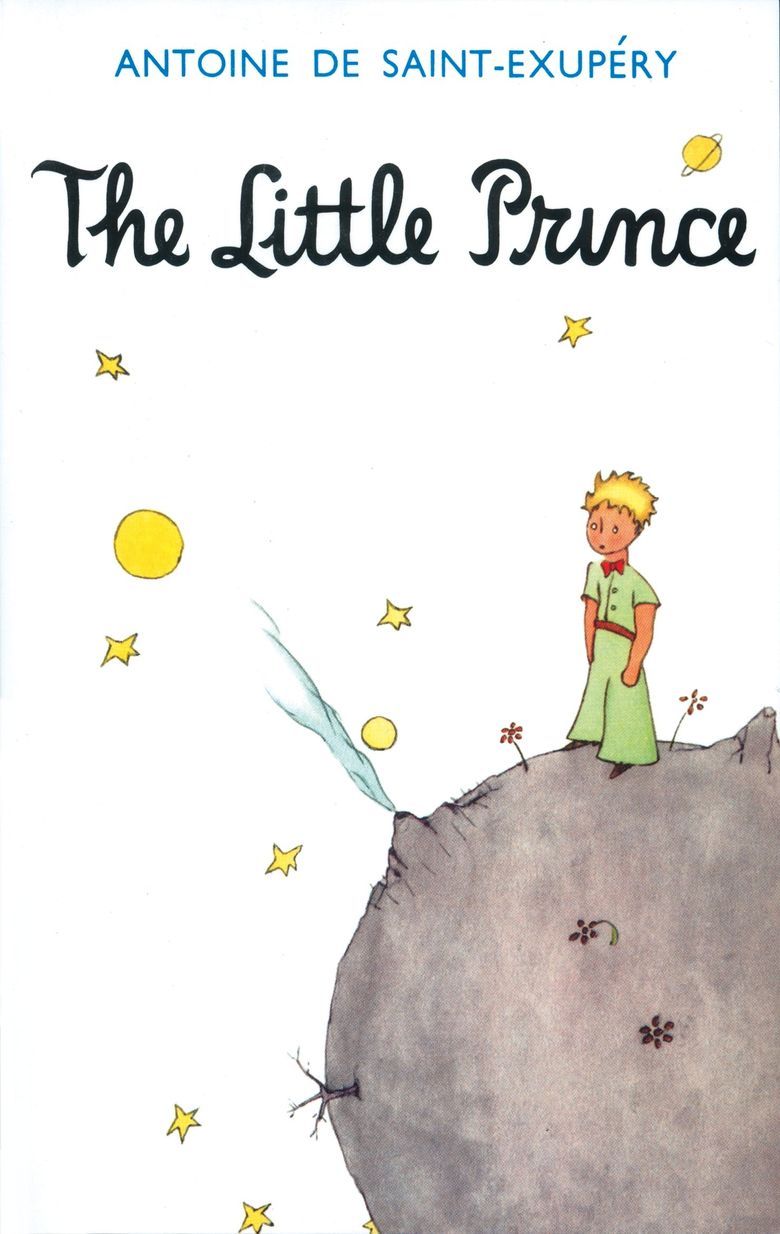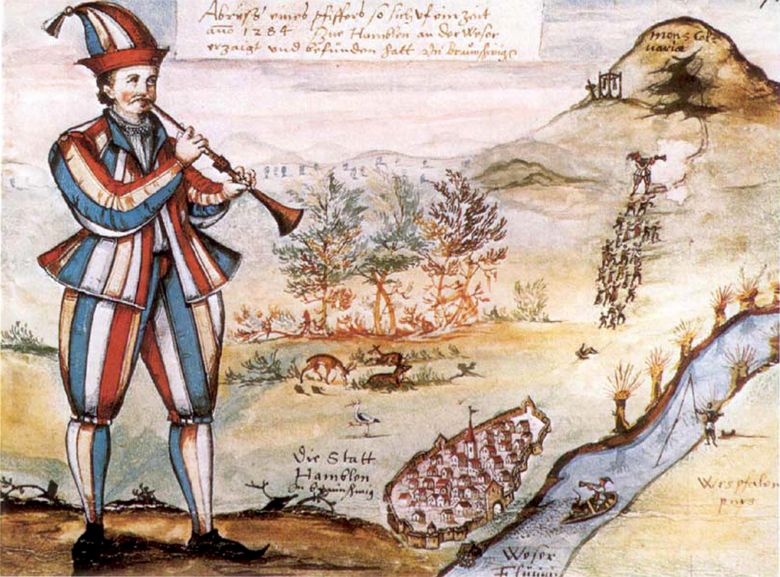Let’s find out what stories inspired them, as well as the songs related to them! Let’s dive together into the universe of the most famous K-pop group on the planet.
1. “Into the Magic Shop” by James R. Doty MD
Summary: “Growing up in the high desert of California, Jim Doty was poor, with an alcoholic father and a mother chronically depressed and paralyzed by a stroke. Today he is the director of the Center for Compassion and Altruism Research and Education (CCARE) at Stanford University, of which the Dalai Lama is a founding benefactor. But back then his life was at a dead end until at twelve he wandered into a magic shop looking for a plastic thumb. Instead, he met Ruth, a woman who taught him a series of exercises to ease his own suffering and manifest his greatest desires. Her final mandate was that he keep his heart open and teach these techniques to others. She gave him his first glimpse of the unique relationship between the brain and the heart.Link with BTS: In the song ‘Magic Shop’, the group mentions the existence of a magic shop that is supposed to provide comfort on days when we wish to disappear. The real magic is that this shop sits in everyone’s heart and awaits our arrival, if we want to believe it. The group aims to create a door in the hearts of fans to access it – a beautiful metaphor that encourages them to open their hearts and realize that the true comfort they seek comes from within us. Thus, the members of the group let fans know that they are not alone in going through an ordeal. After the song was released to the public, the book quickly became a bestseller in Korea, multiplying its sales by 510. The author then thanked the group on his Twitter for using his novel as inspiration.
2. “Demian” by Hermann Hesse
Link with BTS: The songs ‘Boy meets evil’ and ‘Blood Sweat & Tears’ refer to the work of Herman Hess by exploring themes of duality and the interdependence of good and evil. In the music videos, there are visual depictions of temptation, similar to those in the book, and direct allusions to the characters of Emile, Demian and the god Abraxas. In addition, the leader, RM, reads a passage from the book for each clip.
3. “Kafka on the Shore” by Haruki Murakami
Link with BTS: In the song ‘Butterfly’, the group makes direct reference to the book by quoting passages, including the title.
4. “1Q84” by Haruki Murakami
Link with BTS: The song ‘Sea’ (only available on album) draws its inspiration from this book and quotes passages from it, questioning what is real and what is part of a dystopian universe.
5. “Jung’s Map of the Soul” by Murray Stein
Link with BTS: The name of the album ‘Map of the Soul: Persona’ is a tribute to the name of the book. Within it, we rediscover the concepts evoked by Carl Jung through the titles ‘Persona’, ‘Ego’, and ‘Shadow’, interpreted by the rappers of the group.
6. “The Owl Service” by Alan Garner
Link with BTS: The photoshoot for the album alludes directly to the book as it appears in some images, and with shadow puppets, the limbs represent birds that can be interpreted as owls. A television series based on the book was also created in 1969, and some of its credit’s shots recall scenes from the ‘Lies’ and ‘Prologue’ music videos.
7. “The Little Prince” by Antoine de Saint-Exupéry
Link with BTS: In the song ‘Serendipity’, JiMin portrays the little prince. He sings of his love for his own rose, alluding to the novel, while surrounded by whimsical spatial imagery that further emphasizes the song’s inspiration. The clip is mostly shot in blue tones, which is reminiscent of the cover of some editions of the book, as well as the blond hair of the “two” little princes. In addition, ‘Serendipity’ also draws its source from the Korean poem ‘The Flower’ by Kim ChunSoo which is about being recognized by the person you love.
8. “The Ones who Walk Away from Omela” by Ursula K. Le Guin
Link with BTS: The music video of the song ‘Spring Day’ opens with a sign bearing the neon Omelas, inviting to discover the group and its world. Although this novel is one of the inspirations of this title, the most important is undeniably the sinking of the Sewol. On April 16, 2014, 304 people, the vast majority of whom were high school students on a school trip, were killed in a shipwreck near Jeju Island. Korea’s hierarchical system was called into question following this tragedy, because if the students had not listened to the order to remain in their cabins while the boat was sinking, the number of victims would have undoubtedly been less important. Even today, ‘Spring Day’ remains the group’s most popular song in the hearts of Koreans, for its heartwarming lyrics telling students that they will never be alone (in the afterlife).
9. “Anpanman” by Takashi Yanase
Link with BTS: In the song ‘Anpanman’, BTS seeks to make us understand that we must love each other despite our flaws, and that being weak does not make us less of a hero, but a superhero of a future generation.
10. “Pied Piper of Hamelin” legend from the town of Hamelin
Link with BTS: The song ‘Pied Piper’ portrays BTS as the Pied Piper, inviting listeners to get away from their daily lives by listening to their music, while highlighting the love for their fans who can’t take their eyes off the members, like if they were bewitched like the children of the tale.BTS’ discography is rich in various and multiple references and there is no doubt that the members of the group will continue to create their universe with future literary references. Which BTS song is your favorite? Have you read all of these books? Let us know in the comments below! BTS’ J-Hope Shares His Inner Thoughts About His First Solo Activities And His Future Works KPOP STORIES|Aug 10, 2022 BTS’ JungKook and Charlie Puth - Your Ultimate Music Duo & Friendship Goals KPOP STORIES|Aug 1, 2022











